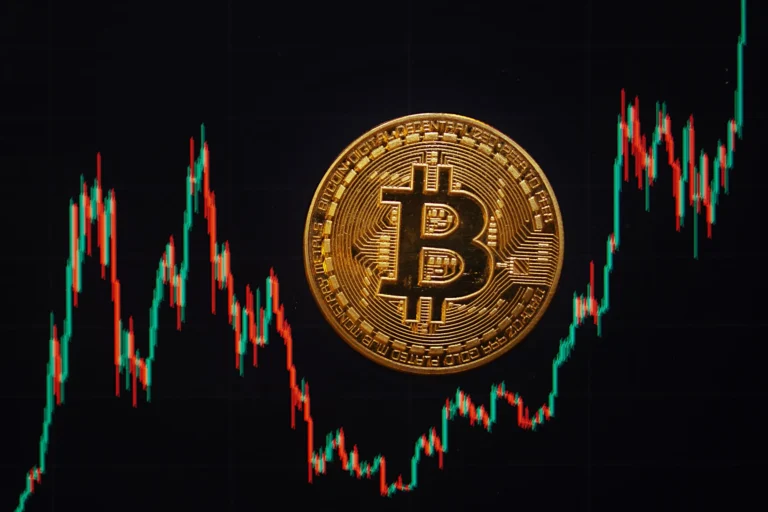Bitcoin hit a high of US$105,747 this week, driven by a combination of geopolitical and financial factors that revived investors’ appetite for risky assets. The recent trade truce between China and the United States, coupled with growing interest from financial institutions, has given new impetus to the cryptocurrency, which had already surpassed US$100,000 days earlier.

The rally coincided with the positive close of Chinese stock markets following the announcement of a 90-day suspension on most tariffs between Washington and Beijing. This détente was celebrated globally, with significant rises in the main US stock market indexes such as the Dow Jones, Nasdaq and S&P 500. The bitcoin’s stability in the US$102,000 to US$103,000 range confirms the consolidation of an upward trend.

On may 8, the bitcoin had already shown signs of strength by surpassing US$100,000, boosted by a trade agreement between the US and the UK. This type of agreement, according to analysts such as Charlie Morris of ByteTree, reduces global uncertainty and favors investment in cryptocurrencies as a refuge and speculation asset.
At the institutional level, the participation of financial giants such as Goldman Sachs and BlackRock has been key. Goldman now owns more than 30 million shares of the IBIT ETF, while bitcoin ETFs in the U.S. accumulate a value more than US$121 billion. The continued inflow of capital into these funds demonstrates a growing acceptance of bitcoin in traditional markets.

This new scenario, in which temporary geopolitical stability and greater institutional participation converge, is shaping bitcoin not only as a speculative asset, but also as an increasingly relevant component in global investment strategies.







